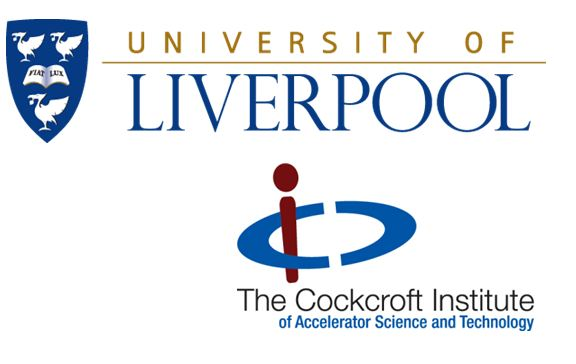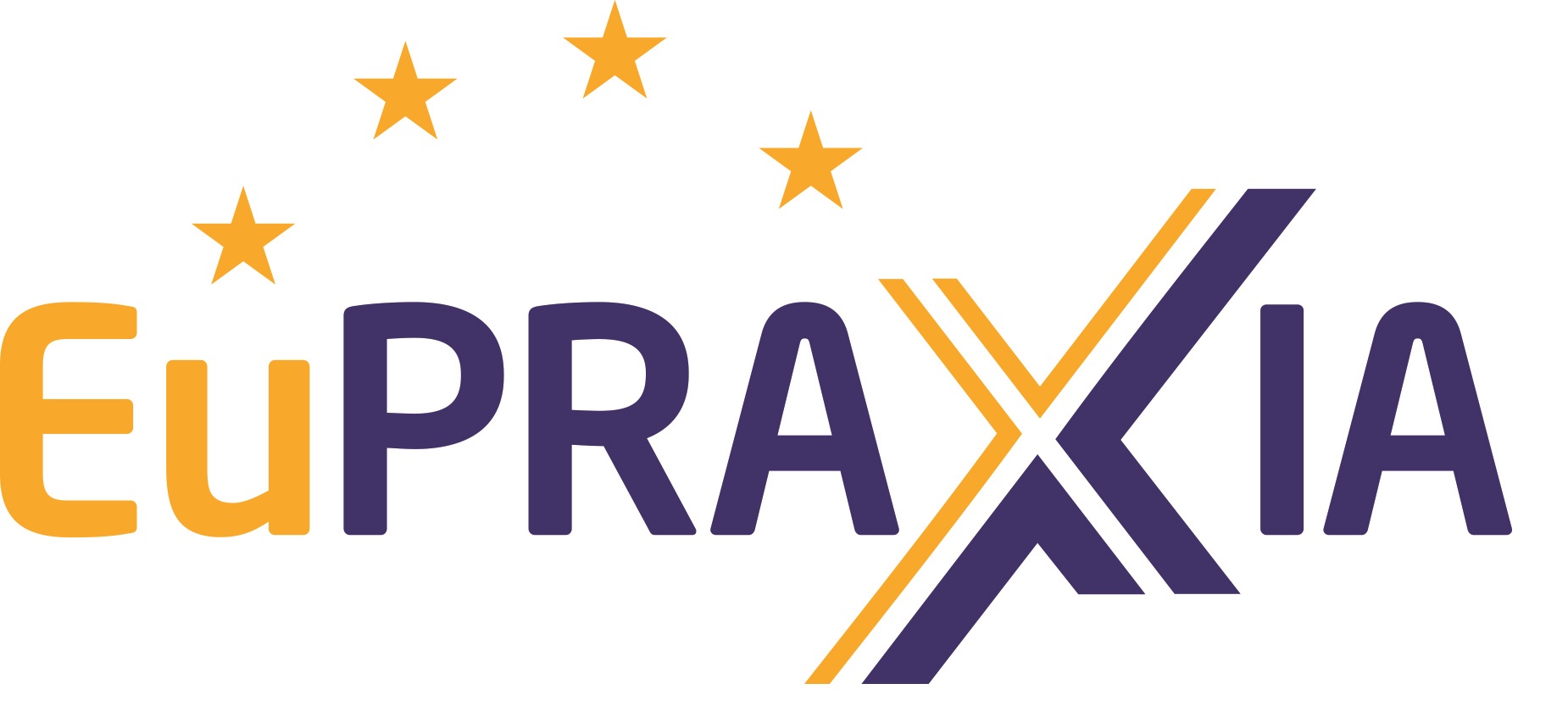About
Accelerating News is a quarterly online publication for the accelerator community.
ISSN: 2296-6536
The publication showcases news and results from the biggest accelerator research and development projects such as ARIES, HL-LHC, TIARA, FCC study, EuroCirCol, EUPRAXIA, EASITrain as well as interesting stories on other accelerator applications. The newsletter also collects upcoming accelerator research conferences and events.
Accelerating News is published 4 times a year, in mid March, mid June, mid September and mid December.
You can read Accelerating News via the homepage http://www.acceleratingnews.eu or by email.
To subscribe to Accelerating News, enter your email in the "Subscribe to our newsletter" box in the footer.
Current Sponsors
Accelerating News is currently supported by the following projects: ARIES, EuPRAXIA, FCC, EuroCirCol, HL-LHC, EASITrain.
Copyright and reprints
If you wish to reprint news items from Accelerating News, please acknowledge Accelerating News and the author of the news piece, ideally including a web link to http://www.acceleratingnews.eu. This work is licensed under the Creative Commons Attribution-Noncommercial 3.0 License.
Disclaimer
While Accelerating News aims to provide complete and up-to-date information, it does not warrant that the information is error-free and disclaims all liability with respect to results from the use of the information.
 EuCARD: European Coordination for Accelerator Research and Development was a common venture of 37 European Accelerator Laboratories, Institutes, Universities and Industrial Partners, initiated by ESGARD, to upgrade the large European research accelerators by R&D on innovative concepts and techniques: high field superconducting magnets, superconducting RF cavities that are particularly relevant for FLASH, XFEL and SC proton linacs, two-beam acceleration, high efficiency collimation and new accelerator concepts. EuCARD ran for 4 years and was completed on 31 July 2013.
EuCARD: European Coordination for Accelerator Research and Development was a common venture of 37 European Accelerator Laboratories, Institutes, Universities and Industrial Partners, initiated by ESGARD, to upgrade the large European research accelerators by R&D on innovative concepts and techniques: high field superconducting magnets, superconducting RF cavities that are particularly relevant for FLASH, XFEL and SC proton linacs, two-beam acceleration, high efficiency collimation and new accelerator concepts. EuCARD ran for 4 years and was completed on 31 July 2013.


 EuCARD-2: Enhanced European Coordination for Accelerator Research & Development brought a global view to particle accelerator research, coordinating a consortium of 40 accelerator laboratories, technology institutes, universities and industry to jointly address common challenges for future generation of accelerators. By promoting complementary expertise, cross-disciplinary fertilisation and a wider sharing of knowledge and technologies throughout academia and with industry, EuCARD-2 aimed at significantly enhancing multidisciplinary R&D for European accelerators, actively contributing to the development of a European Research Area in accelerator science. EuCARD-2 ran for 4 years and was completed on 30 April 2017.
EuCARD-2: Enhanced European Coordination for Accelerator Research & Development brought a global view to particle accelerator research, coordinating a consortium of 40 accelerator laboratories, technology institutes, universities and industry to jointly address common challenges for future generation of accelerators. By promoting complementary expertise, cross-disciplinary fertilisation and a wider sharing of knowledge and technologies throughout academia and with industry, EuCARD-2 aimed at significantly enhancing multidisciplinary R&D for European accelerators, actively contributing to the development of a European Research Area in accelerator science. EuCARD-2 ran for 4 years and was completed on 30 April 2017.  FCC: Future Circular Collider design study explores options for accelerator projects in a global context, with emphasis on proton-proton and electron-positron high-energy frontier machines. These design studies are coupled to a vigorous accelerator R&D programme, including high-field magnets and high-gradient accelerating structures, in collaboration with national institutes, laboratories and universities worldwide.
FCC: Future Circular Collider design study explores options for accelerator projects in a global context, with emphasis on proton-proton and electron-positron high-energy frontier machines. These design studies are coupled to a vigorous accelerator R&D programme, including high-field magnets and high-gradient accelerating structures, in collaboration with national institutes, laboratories and universities worldwide. The University of Liverpool has an enviable international reputation for innovative research. A rich variety of research is performed at Liverpool, including Particle Physics, Nuclear Physics, Condensed Matter Physics, Surface Science and Astrophysics. Moreover, the University has the lead role in the Cockcroft Institute, an international centre of excellence for accelerator science and technology. Embracing academia, government and industry, it is unique in providing the intellectual focus, educational infrastructure and the essential facilities in innovating tools for scientific discoveries and wealth generation.
The University of Liverpool has an enviable international reputation for innovative research. A rich variety of research is performed at Liverpool, including Particle Physics, Nuclear Physics, Condensed Matter Physics, Surface Science and Astrophysics. Moreover, the University has the lead role in the Cockcroft Institute, an international centre of excellence for accelerator science and technology. Embracing academia, government and industry, it is unique in providing the intellectual focus, educational infrastructure and the essential facilities in innovating tools for scientific discoveries and wealth generation. EUPRAXIA: European Plasma Research Accelerator with Excellence in Applications is a proposed EU Design Study which will bridge the gap between successful proof-of-principle experiments and ground-breaking, ultra-compact accelerators for science, industry, medicine or the energy frontier. The major objective of the Eupraxia design study is the preparation of a conceptual design report for the worldwide first plasma-based accelerator at 5 GeV with industrial beam quality and two user areas.
EUPRAXIA: European Plasma Research Accelerator with Excellence in Applications is a proposed EU Design Study which will bridge the gap between successful proof-of-principle experiments and ground-breaking, ultra-compact accelerators for science, industry, medicine or the energy frontier. The major objective of the Eupraxia design study is the preparation of a conceptual design report for the worldwide first plasma-based accelerator at 5 GeV with industrial beam quality and two user areas.